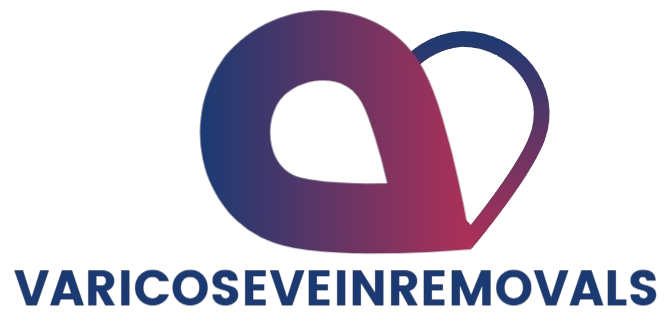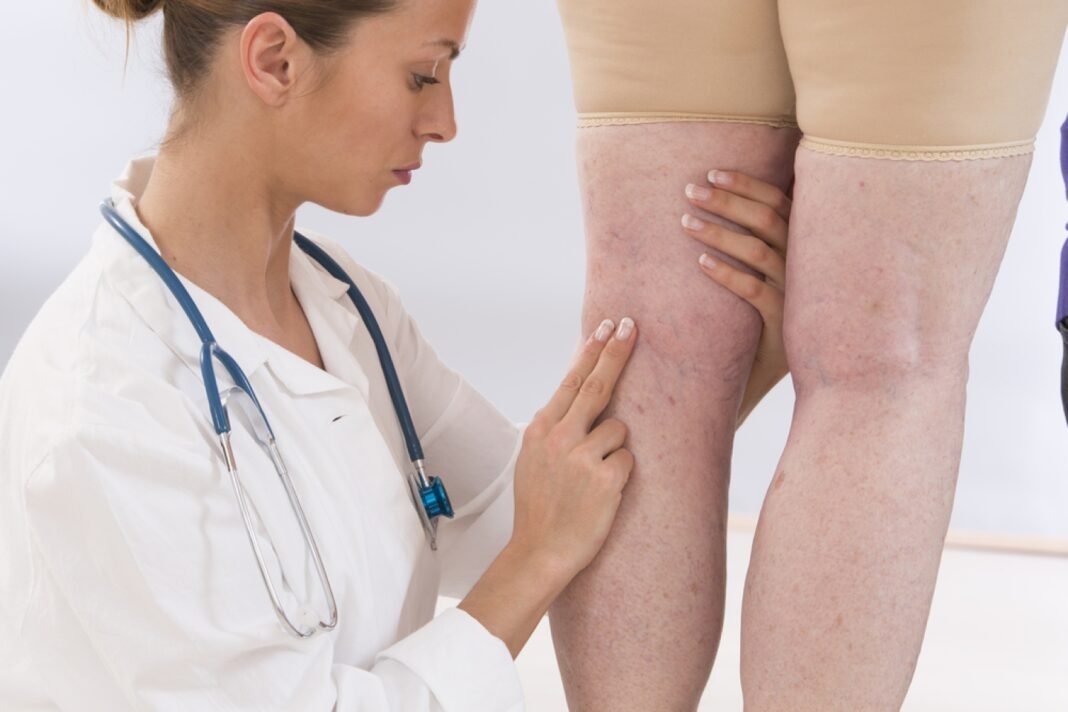Varicose veins are a common concern for many, yet despite their prevalence, there’s still a lot of confusion about what causes them, how to treat them, and how they impact overall health. These swollen, twisted veins are often seen on the legs, but they can affect other parts of the body as well. While they’re primarily associated with cosmetic issues, varicose veins can cause discomfort and, in some cases, lead to serious health complications.
To help clear up some of the mystery, we spoke with two vein specialists, Dr. Tikva Jacobs and Dr. Soo Rhee, both clinical assistant professors of surgery and vascular surgeons at Weill Cornell Medicine. Together, they answered some of the most common questions patients ask about varicose veins.
What Exactly Are Varicose Veins?
Varicose veins are enlarged veins that have become twisted and bulging, typically on the legs. They occur when the valves in the veins weaken or malfunction, causing blood to flow backward instead of toward the heart. “The veins in the legs are designed to carry blood upwards against gravity,” explains Dr. Rhee. “But when the valves don’t work properly, blood can pool in the veins, causing them to stretch and bulge.”
Dr. Jacobs adds, “This backflow of blood creates the characteristic swollen, twisted appearance of varicose veins.”
What Are the Causes of Varicose Veins?
While varicose veins are often linked to aging and genetics, there are several other factors that can increase your risk. Dr. Jacobs highlights heredity as the leading cause. “If your parents had varicose veins, you’re more likely to develop them yourself,” she says. “Additionally, women are more prone to varicose veins, especially during pregnancy, due to hormonal changes and increased pressure on the veins from the growing uterus.”
Other risk factors include:
- Age: The older you get, the more likely you are to develop varicose veins, as the veins weaken over time.
- Obesity: Excess weight puts additional pressure on your veins.
- Prolonged sitting or standing: Jobs or lifestyles that require long periods of immobility can contribute to varicose veins.
- Hormonal changes: Pregnancy, menopause, and birth control can all increase the likelihood of developing varicose veins.
What Are the Symptoms of Varicose Veins?
Varicose veins can range from mildly noticeable to severe and painful. Common symptoms include:
- Bulging, bluish veins: The most visible sign of varicose veins.
- Itching or burning around the veins: This sensation can be uncomfortable, especially when sitting or standing for long periods.
- Skin changes: The skin around the veins may become discolored or dry.
- Swelling and aching in the legs: Many patients experience heaviness, pain, or a sensation of fullness in the legs.
- Nighttime leg cramps: Some people notice cramping or twitching in their legs at night.
These symptoms tend to worsen with prolonged standing or sitting and may improve when you elevate your legs.
How Are Varicose Veins Diagnosed?
If you’re experiencing symptoms of varicose veins, Dr. Rhee recommends seeing a specialist for an evaluation. During a consultation, the doctor will typically perform a duplex ultrasound. This test, which takes 20 to 30 minutes, provides detailed images of the veins and allows the doctor to assess blood flow and check for any blood clots. The ultrasound also helps identify any faulty valves and determine the best course of treatment.
What Are the Treatment Options for Varicose Veins?
While many people live with varicose veins without seeking treatment, others opt for interventions when symptoms become bothersome or when complications like ulcers or bleeding occur. There are several treatment options available, depending on the size and severity of the veins.
- Sclerotherapy: This is a popular treatment for smaller varicose veins and spider veins. It involves injecting a chemical solution directly into the vein, causing it to shrink and eventually fade. Sclerotherapy is effective for cosmetic purposes and can be done in an outpatient setting.
- Ablation: This minimally invasive procedure uses heat or medication to close off problematic veins. There are two main types of ablation:
- Endovenous Laser Ablation (EVLA): A laser is used to heat and seal the vein, causing it to collapse and be absorbed by the body.
- Radiofrequency Ablation (RFA): Similar to EVLA, RFA uses radiofrequency energy to close off the vein.
- Microphlebectomy or Phlebectomy: This procedure involves removing the veins through small incisions. It is typically used for larger veins that are not suitable for other forms of treatment.
Dr. Jacobs emphasizes that the goal of any treatment is to permanently close the affected vein. “Once the vein is closed, blood is rerouted to healthier veins, improving circulation and relieving symptoms.”
What Is the Recovery Process Like?
Most varicose vein treatments are minimally invasive and require little downtime. After procedures like sclerotherapy or ablation, patients are usually able to return to normal activities the same day. However, wearing compression stockings for 1 to 2 weeks is often recommended to help reduce swelling and promote healing.
Pain after treatment is typically mild, with many patients relying on over-the-counter medications like Tylenol or ibuprofen. For some procedures, no pain relief is needed at all.
Can Lifestyle Changes Help Prevent or Alleviate Varicose Veins?
In addition to medical treatments, lifestyle modifications can play a significant role in managing varicose veins and preventing new ones from forming. Dr. Jacobs offers these tips:
- Maintain a healthy weight: Reducing excess weight helps reduce pressure on the veins.
- Elevate your legs: When sitting, elevate your legs to encourage blood flow back to the heart.
- Avoid prolonged sitting or standing: If your job requires you to stand for long periods, take regular breaks to walk around and stretch.
- Wear compression stockings: These can help improve circulation and reduce swelling.
- Stay active: Regular walking and leg exercises promote healthy circulation.
Conclusion
Varicose veins are a common but treatable condition. Whether you’re experiencing mild symptoms or more significant discomfort, there are a variety of treatment options available. Working with a vascular specialist can help you determine the best course of action based on your specific condition. With early intervention and proper care, you can manage varicose veins effectively and enjoy healthier, more comfortable legs.



